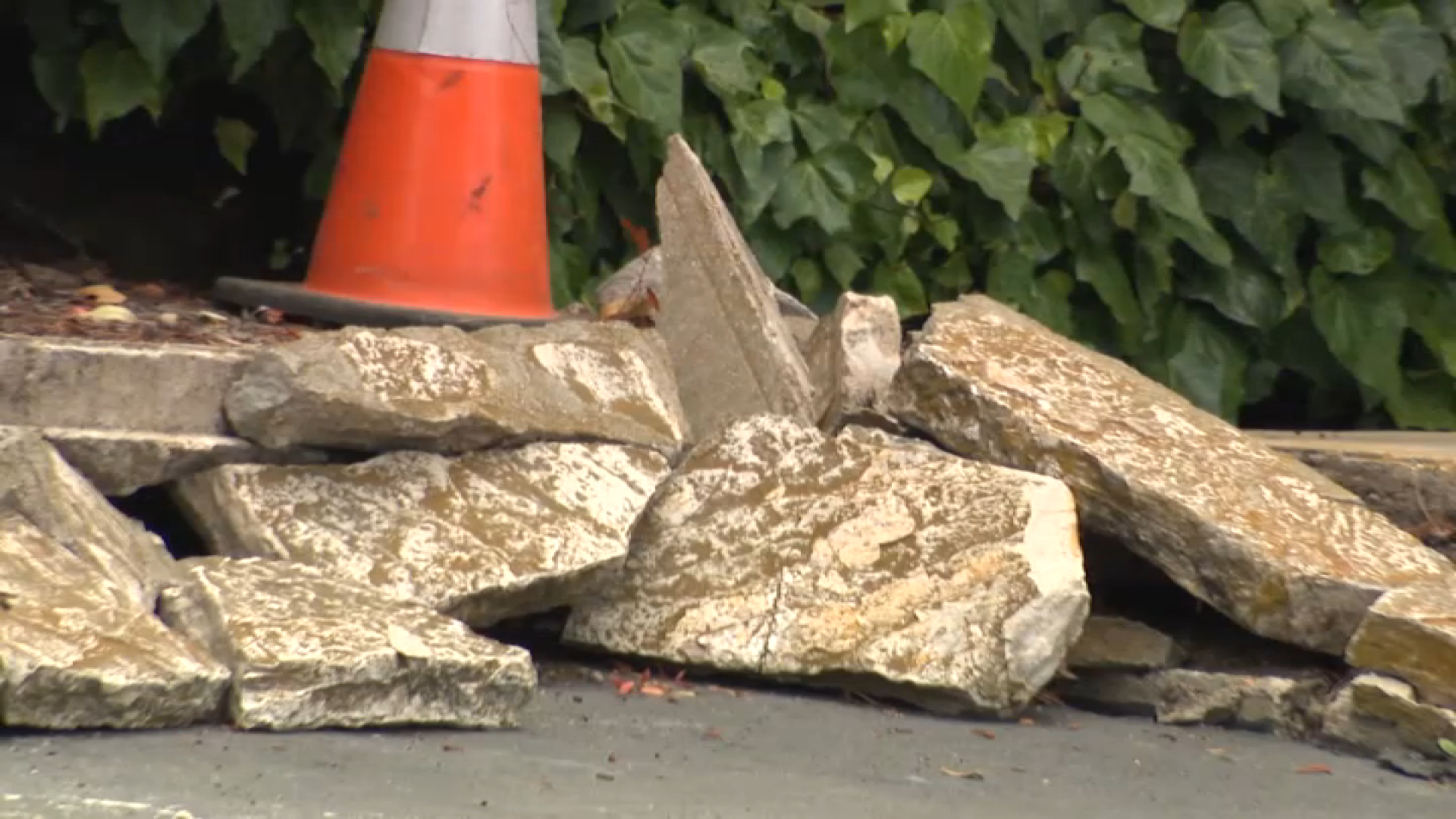LOS ANGELES -- A supervisor says the engineer in a deadly Metrolink commuter train crash in Chatsworth six months ago was warned twice about cell phone use while on duty.
Despite that warning, federal records show the engineer sent and received 43 text messages and made four phone calls the day of the collision that killed 25 people and injured at least 130 people.
Federal investigators on Tuesday released the transcript of text messages sent and received by engineer Robert Sanchez as the National Transportation Safety Board opened a two-day hearing in Washington.
The board is not expected to issue a final report for a few months.
Investigators sketched out the days and minutes leading up to the crash between the Metrolink train and a Union Pacific freight train that ended up on the same shared track and slammed head-on at about 40 mph.
The panel hears Wednesday from union officials as well as the Federal Railroad Administration.
Unauthorized Riders
Local
Get Los Angeles's latest local news on crime, entertainment, weather, schools, COVID, cost of living and more. Here's your go-to source for today's LA news.
The engineer of the Metrolink train involved in the Sept. 12 collision that killed 25 people had let young rail enthusiasts ride in locomotives and operate trains, NTSB officials testified at a hearing in Washington, D.C., on Tuesday.
The National Transportation Safety Board is trying to get to the bottom of the head-on collision, in which the commuter train ran a red light and struck a Union Pacific freighter. The accident, in which about 135 people were injured, was the deadliest in the nation in 15 years.
Sanchez, the engineer at the controls of the Metrolink train, sent a text message within a minute of the impact.
The conductor of the Union Pacific train had also been texting, sending the last message a little more than a minute before impact. Evidence of marijuana use also turned up in blood and urine tests done on the Union Pacific conductor.
A review of messages between Sanchez and group of young train enthusiasts showed that Sanchez had taken people on unauthorized ride-alongs and planned to take one of his young friends with him on the day of the accident.
Testimony Tuesday showed Sanchez gave a ride-along Sept. 9, just hours after a Connex manager upbraided him for delaying a train in an earlier, apparently unrelated incident.
In the days before the crash, Sanchez sent dozens of text messages while on duty, in violation of Metrolink policy, which mandates that cell phones must not be used while operating trains except in emergencies.
Dispute Over Red Light
A dispute arose Tuesday over whether the red light was clearly visible to Sanchez.
NTSB investigators determined the light should have been visible to Sanchez, but Kathryn Higgins, chair of the NTSB Board of Inquiry said she had visited the site and was unable to see the light from a station platform.
NTSB officials grilled Larry Breeden of Union Pacific about drug testing employees and other personnel shortcomings.
"We still have work to do. We're not perfect," Breeden said. "(But) we believe we're on the right path."
Because of curves and tunnels, personnel on each train could only see the other train for about 5 seconds before impact, according to NTSB animation.
The Union Pacific engineer applied the emergency brake about 2 seconds before impact, and the Metrolink train plowed into it before any collision-avoidance action was taken, according to investigators.
Daily News Investigation, LA Times Report
A Los Angeles Daily News investigation concluded that Metrolink was responsible for nearly two-thirds of the nation's rail passenger deaths in the past six years.
The analysis also found that though Metrolink was only the seventh-largest commuter rail system in terms of ridership, it experienced the third-greatest number of overall fatalities -- including those onboard and on the ground -- during the past decade.
The Los Angeles Times reported that in the weeks following the Chatsworth crash, Metrolink engineers twice ran red lights.
Metrolink's Plans, New Legislation
Metrolink, which is considering automated collision-avoidance technology, plans to start watching engineers and conductors via video cameras to ensure they are following rules.
The Federal Railroad Administration in January approved a Metrolink plan to install automatic train-stop technology at 43 locations along its rail lines as a stop-gap measure while more advanced positive train control technology is developed and deployed.
Positive train control technology uses satellite-based navigation for tracking and controling the movement of trains.
Legislation passed after the Chatsworth crash will require positive train control systems on most commuter lines by 2015. Metrolink officials have said they hope to install a system by 2012.
Lawsuits filed following the Chatsworth crash could be the first test of a $200 million federally imposed cap on the damages associated with train accidents.



